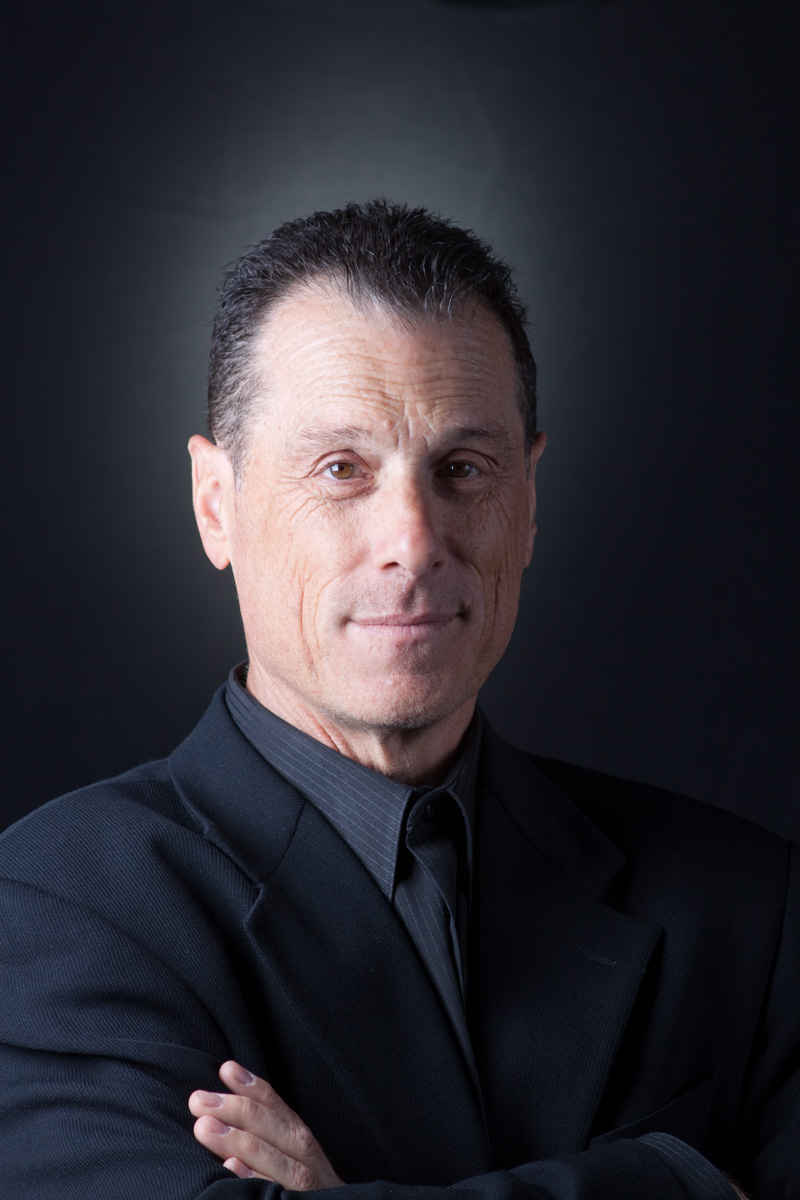
Better than a thousand days of diligent study is one day with a great teacher.
Japanese Proverb
I think often about the teachers I have had; those that seemingly had little impact on my life and those that, to this day, have never faded from memory. The teachers that first impressed themselves on my consciousness were charismatic, different that the other adults in my life, and clearly dedicated to the thing that was their passion. For those teachers, the subject they taught was the only subject that seemed to matter and, in a way, many of them seemed to look the part. An English teacher who dressed like a writer, an art teacher whose persona was a bit outsider and a bit shaggy, a math teacher who seemed to be elsewhere even when in the room; these are some that I recall. They all had commonalities, and they all taught us a similar combination of thinking and doing.
Dr. Martin Luther King noted that, “The function of education is to teach one to think intensively and to think critically.” This is a commonly echoed value that resonates with the memory of our most revered teachers: the idea that raw intellect along with the complimentary resource of an inquisitive and questioning mind is what creates true wisdom.
There are distinctly different goals for art teachers depending on the venue in which they teach. For those that teach art in community centers and other spaces of creative activity not aligned with institutional methodologies, creativity is largely the desired outcome. If, in such space, a teacher can inspire and lead students into new kinds of understanding through art, then indeed a transformation has occurred. For those who teach within institutional structures such as university art programs or academies, the metrics are decidedly different. The students are, in a sense, less free to be purely creative as their learning is situated within a host of practical skill acquisition and measured outcomes. Within those often-rigid parameters, the student must also find their own voice. For teachers in such institutional settings, facilitating both creativity and “learning outcomes” can be competing desires.
The teaching of Art (and perhaps all arts) is deeply rooted in a kind of dualism that seems to separate technical proficiencies and transcendent outcomes. Indeed, the publicly stated position of the German art school Staatliches Bauhaus was that one could not teach art, only the scaffolded skills associated with art. For the Bauhaus, art was a consequence of grace, an ineffable happenstance of “illumination beyond men’s will.” To attempt to make art is to submit oneself to the existentialism of not knowing. To attempt to teach art is a leap of faith that reflects a belief in the process above, that doing or making coupled with critical thinking will result in a kind of transformation of both material and student.
Very best,
Douglas Rosenberg
Chair, UW-Madison Art Department
